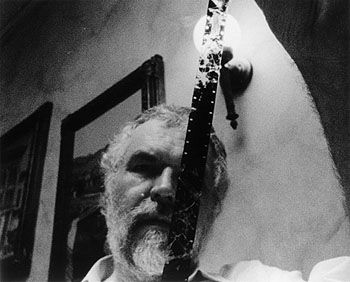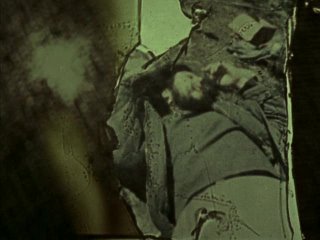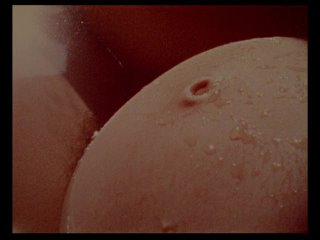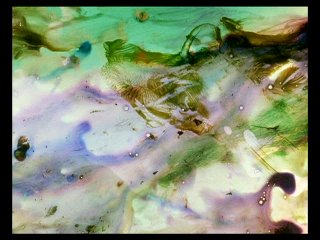
He terminado recientemente "Essential Brakhage: Selected writings on film-making", un compendio de escritos, manifiestos, guiones, etc... del recientemente fallecido Stan Brakhage. Brakhage posiblemente sea "el" realizador experimental del siglo pasado. Su obra abarca más de 400 películas, desde cortos de varios segundos hasta varias horas, usando numerosas técnicas y estilos a lo largo de su carrera: desde el juego con capas superpuestas en "Dog Star Man" (quizás su obra más famosa), el realismo más descarnado de su trilogía "Pittsburgh films", o sus últimos trabajos realizados pintando directamente sobre la película, fotograma a fotograma. Brakhage juega mucho con la luz, las contraposiciones y sobre todo con la velocidad de la película, lo que hace muy difícil la transferencia de sus trabajos a formato digital sin que se pierda su esencia.

Este libro es una selección formada a partir de otros dos libros publicados ya descatalogados, "Metaphors on vision" y "Brakhage scrapbook", y da una excelente visión tanto de las influencias, el proceso creativo y la visión personal de Brakhage sobre el cine. Confieso una particular debilidad sobre Brakhage :-), pero considero que "Essential Brakhage" es un documento imprescindible para cualquier interesado en el cine experimental, y en el arte en general. Brakhage ofrece en este libro consejos para los cineastas amateurs ("A moving picture giving and taking book"); escribe un artículo precisamente en defensa de este término ("In defense of amateur"):
"Amateur" is a word which in Latin, meant "lover"... An amateur works according to his own necessity, and is, in that sense, "at home" anywhere he works: and if he takes pictures, he photographs what he loves or needs in some-such-sense... for the true amateur, even when in consort with other amateurs, is always working alone, gauging his success according to his care for the work rather than according to the accomplishments or recognitions of others.

Brakhage sobre la obra de arte:
...a work of art must have a life in society; once the artist has finished making it, it belongs to others. But he never made it with the idea of taking it into society. Any man that sets out to make a work for audiences is never going to make a work of art. A work of art is made from the most personal reasons- as an expression of love.

Quizás los documenatos más interesantes de este libro sean los scripts de rodaje. En ellos vemos como Brakhage va concibiendo el film y como lo va montando contraponiendo imágenes sin intenar darle en ningún momento la narrativa o el significado que muchos intentan buscar en sus filmes:
Night film
The rose as it may pertain to self
The self reflecive among tree shadows.
The self as force of water.
The dance of the twilight children.
The children's faces in the night backed by artificial lighting.
The water spots as fallen stars.
The self reflected in black pools.
The fires of night.
The self afire.
...
The rose at sunset
The light
The shadow
The water
The rose in water
The light in water
The shadow in water
The fire

En resumen, una obra imprescindible para entender a este genio cuya influencia sigue siendo enorme en el cine experimental. Si tenéis oportunidad, adquirid la antología de su obra que publicó Criterion hace un par de años.
Algunos enlaces:
El libro en Amazon.com
Senses of cinema
The Brakhage lectures
No hay comentarios:
Publicar un comentario